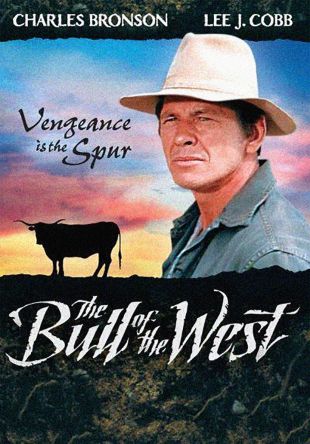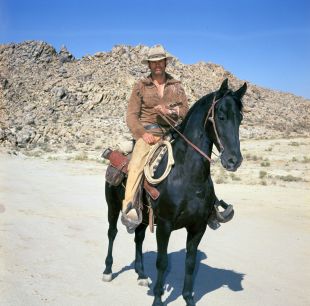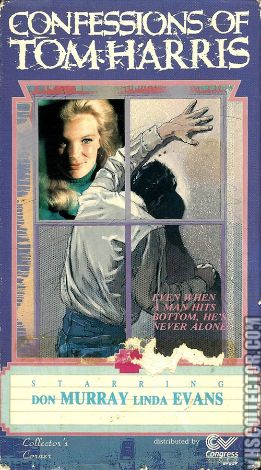Gary Clarke enjoyed a two-track career from the late '50s until the late '60s, in movies and on television. In feature films, he was best known for his work in a handful of exploitation movies that have endured in popularity across the decades, while on the small screen, he co-starred on the Western series The Virginian and Hondo. Born Clarke L'Amoreaux in Los Angeles in 1936, he was raised in the city and was first bitten by the performing bug in high school when he started singing and also realized that his fellow students thought he had a winning way with a joke. He moved past comedy to student acting (while keeping his hand in music), and was lucky enough to be spotted by a 20th Century Fox executive while appearing in a senior play called Quiet Summer. Clarke was told that he showed genuine promise -- he might even have had a shot at taking the male ingenue roles for which Robert Wagner was now too old, but he blew his opportunity by getting married after graduation, and forcing himself into a dead-end personal and economic situation. All of this delayed his entry into the acting profession for a couple of years.
An end to the marriage freed Clarke up to join the Glendale Center Theatre (after a disastrous audition at the Pasadena Playhouse), where he played leading roles in productions of such works as Arsenic and Old Lace, Stage Door, and Lilacs in the Rain. Those performances led Clarke to his screen debut, in a role in the American International Pictures teen exploitation movie Dragstrip Riot (1958). Despite the presence in the cast of legendary 1930s leading lady Fay Wray (playing Clarke's mother), the film could have been a train-wreck, going through three directors in just three weeks of production, and having the actors all riding their own motorcycles and doing their own stunts; instead, it proved an enjoyable learning experience for Clarke, and only whetted his appetite for more movie work. It was also the first of five movies that Clarke made with actor Steve Ihnat, who became one of Clarke's best friends as the other actor gradually rose to stardom on television and in movies, and branched into directing and screenwriting, prior to his untimely death in 1972.
In between menial jobs over the next couple of years, Clarke squeezed in leading roles in a pair of low-budget science fiction/horror movies, How to Make a Monster -- for which he took over the "Teenage Werewolf" role originated by Michael Landon in I Was a Teenage Werewolf -- and Missile to the Moon. The latter gave Clarke the chance to have a poignant romantic interlude with a moon maid portrayed by Leslie Parrish, in the time when she was known as Marjorie Hellen. By 1960, he had landed a supporting role in the Michael Shayne television series starring Richard Denning and produced by Republic Pictures, and released a novelty record, "Green Finger," issued by RCA Victor. In 1962, Clarke was cast in the role of Steve, a cowhand, on the Universal television series The Virginian, a role that occasionally gave him a chance to use his singing voice. After leaving that series in 1964, he began writing scripts for the television series Get Smart under his birth name of Clarke L'Amoreaux, and was responsible for creating the character of Hymie the Robot -- according to an interview with Tom Weaver in Starlog magazine, the good-natured automaton (portrayed totally deadpan by Dick Gautier) grew out of a dramatic story Clarke had been working on. In 1966, he was cast in his last major television role, as Captain Richards in the series Hondo, a Western show starring Ralph Taeger and Kathie Browne, which might well have been a hit but for the fact that it came along a season or two too late. Clarke's career slowed considerably after 1967, following Hondo's cancellation; he moved with his second wife (Pat Woodhall, Petticoat Junction) to San Francisco, where they worked for the EST (Erhard Seminars Training) organization. After their divorce, Clarke headed back to LA to pursue a television writing career. In the early '80s, he moved to Phoenix, AZ, where he performed as a voice-actor on radio and became heavily involved with his church while continuing to occasionally commute to LA for screen work.


